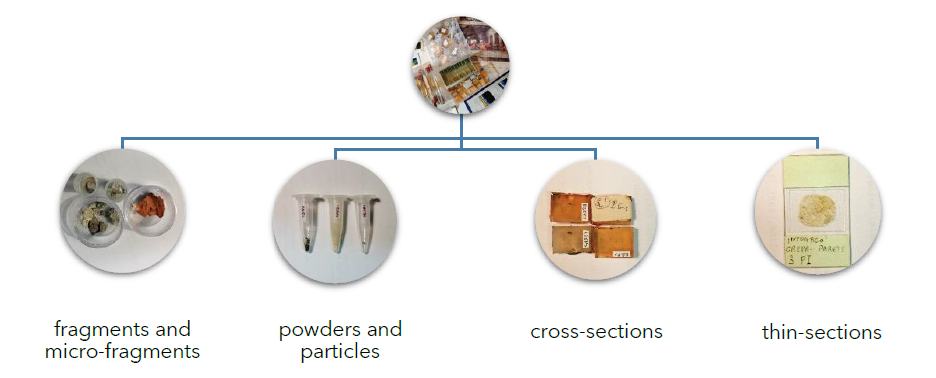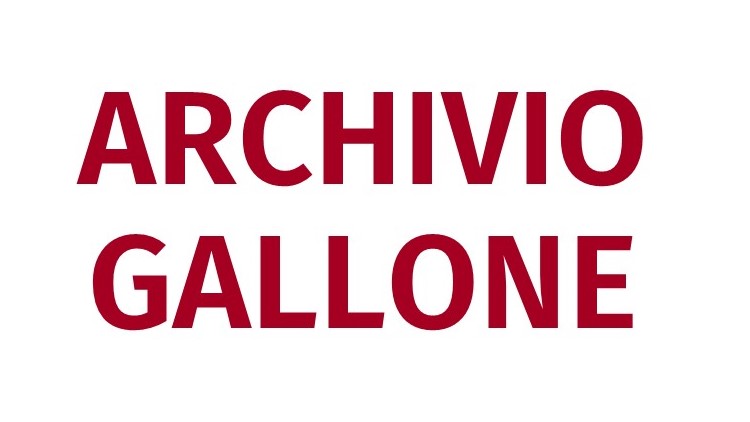In 2019, the materials related to the Last Supper (scattered in different boxes containing materials of various types and topics) were isolated and indexed, thanks to a project promoted by the Museo del Cenacolo, entrusted to Silvia Demetri (Architect, Museo del Cenacolo) and Serena Benelli (PhD candidate, Politecnico di Milano). On that occasion, a first survey of the archival consistency kept on site was carried out, followed by the extensive documentation connected to the Last Supper – often signed by Antonietta Gallone with the ” L”By Leonardo in beautiful cursive handwriting – was isolated from the rest of the fund left by the scholar, respecting its unity and the principle of origin from the boxes in which it was found. This arrangement has led to the formation of 20 archival units (boxes), divided into files, containing different types of materials, in handwritten, typed and iconographic form, on paper and digital support (saved on CD-ROM and FD) etc., including drafts for reports and conferences, research notes, correspondence, bibliographic materials, analysis results, scientific articles, photographs, slides, spectra, stratigraphy and material samples taken from the mural. Each archived document was placed in acid-proof paper shirts accompanied by archival signature and history (when present).
During the cataloging of the material relating to the Last Supper, an analytical inventory was drawn up (which will be updated as the work progresses) which illustrates the types, dates and quantities of the documents collected.
Among the techniques adopted in the various studies on the Last Supper are cited the examinations under the optical microscope (with different sources of illumination), the SEM scanning electron microscope, microchemical analyzes (MCA), UV micro-spectrum-fluorimetric stratigraphy, analysis by fluorescence of X-rays (SEM-EDS), X-ray diffraction analysis and staining tests (ST).
In 2021 a research project was launched on the samples of the Last Supper, consisting primarily of the cataloging and description of the materials taken from the Leonardo masterpiece: these will be observed under an optical microscope, photographed, indexed according to a conventional lexicon and a dedicated nomenclature. These samples have been stored over the years in glassy, plastic tubes (sometimes without hermetic closure), when not in paper sachets, leaflets or recycling containers, such as roll holders: these materials are subject to deterioration processes in the time, as well as fragile and inadequate for the conservation of the material hosted; a reasoning on the methods of transferring the samples into new, more suitable containers was dealt with with the advice of the ISPC-CNR .
Parallel to the digitization of the slides depicting the glossy sections of the samples, a study is currently underway to correlate the paper and digital documentation with the sampling materials of the work of Leonardo which are kept in the archive.
The final goal will be to locate – where possible – the sampling points on the surface of the mural, evaluating the opportunity to georeference the data, so as to make them usable through this digital platform to scholars and, in particular, to those who deals with the conservation of the work of Leonardo. At that point, it will be essential to compare the state of the art with the results of new diagnostic investigations that will be carried out on some of the samples to verify the reliability of the old samples stored in the archives and the management of knowledge over time.


